for someone to actually offer up an explanation for, and theological defense of, the practice of "liturgical dancing" in the Divine Service. Every time this subject has come up in the midst of internet discussions, those who defend the practice claim that the Bible supports it and that the ancient church practiced it. When asked to provide the supposed support from the Bible, they point to David dancing before the ark (cf. 2 Sam. 6:14). After it is quickly pointed out to them that David wasn't dancing in the Holy Place during Divine Service, they throw out a couple of references in the Psalms, including the supposed "clincher" in Psalm 149:3. But, again, this doesn't clinch anything, since that verse is pointing to a festive procession taking place, again, outside of the Holy Place and not during Divine Service. And, what of the claim that the ancient church practiced "liturgical dancing"? Where's the evidence? I can't find it. What I can find is evidence that the Gnostic heretics employed some form of dancing in their false worship, but that can't be what the defenders of "liturgical dancing" mean, can it?
The last couple of times this topic came up for discussion, some of the defenders of the practice made promises that they were going to enlist several Lutheran theologians to produce a solid theological defense of the practice, which would shortly be released for our perusal and study. I'm still waiting for that. But, given that the last time that promise was made was several months ago, I'm betting that my waiting has only just begun. In fact, I'm pretty sure that I'll be waiting for the rest of my life for someone to produce a solid theological defense of "liturgical dancing," since, well, I do not think it is possible to defend theologically - not from a theological perspective that is Lutheran, anyway.
The truth is that what we refer to as "liturgical dance" is a recent phenomenon begun by non-Lutherans who neither understand Holy Scripture nor Church History, and who adhere to a false theology of worship. They abuse the Scriptures, plucking this and that passage from hither and yon in the attempt to provide proof-texts. And they like to make the claim that "liturgical dance" was the norm in the Church for the first 500 years, but fell into disuse in the Middle Ages, and that they are now bringing it back into existence. Big claim there. Unfortunately for them, it holds no water. It's akin to the way Dan Brown does history - make it up as you go in order to get to where you want to be, factual history be damned.
But, all that aside, the fact is that "liturgical dancing" is among us. In fact, it was my watching of the National Youth Gathering that got me thinking about this subject again, reminding me of all those promises made in the past about offering a theological defense of the practice. As I said, I think my waiting will continue. The only attempted defenses by Lutherans I have come across are nothing more than regurgitations of what non-Lutherans have spewed forth on the subject, without any real theological or historical support. So, I invite Lutherans out there who endorse and promote this practice to defend it theologically. Show me where I am wrong on this, because I cannot come up with a single reason why this practice should exist among us, but I can list a plethora of reasons why it shouldn't. Please, show me the error of my ways. I'm waiting . . .
Subscribe to:
Post Comments (Atom)


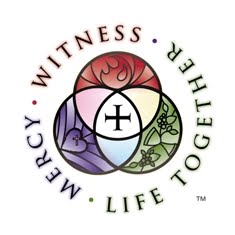


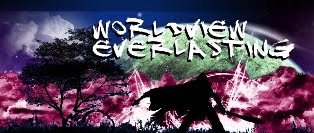
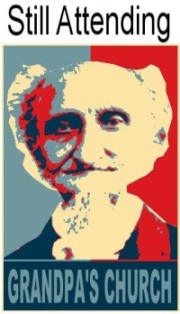









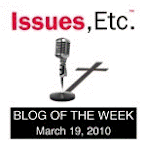
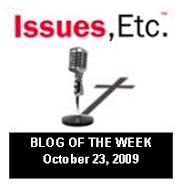


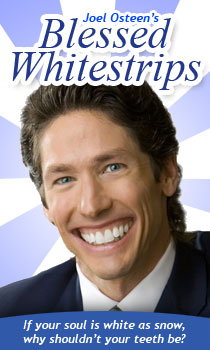
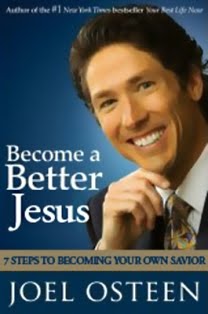
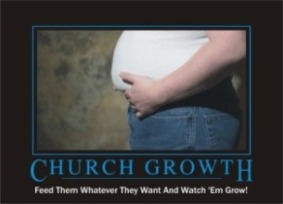

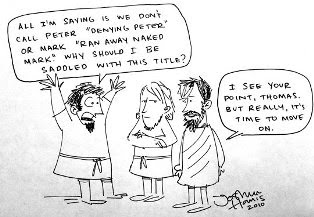
8 comments:
This is not the same thing, but it is the only thing that I know of that comes close. Interesting post. Did you know that this was taught at CSP?
http://www.antiochian.org/1284
Thanks for the link, Andrew. As you note, not the same thing. I actually saw this practiced at a wedding in an Orthodox Church years ago. I don't know if the way I saw it practiced is the norm, but there wasn't any real "dancing" involved, and what I saw was certainly in no way comparable to the "liturgical dancing" under consideration here. Plus, the beautiful and very reverent chanting during this procession kept things in perspective, for sure. I did think it was a little weird, but I didn't have the "This should NOT be happening in the Lord's House" feeling I have when I witness "liturgical dancing."
What is being taught at CSP? This Orthodox ritual or "liturgical dancing"? If the former, weird; if the latter, scary.
Liturgical Dancing was presented as part of a class that was required for my minor in Confessional Lutheranism-Ironic huh? Anyway if was supposed to be a legit theological expression. The theme of the class was Theologian as dramatist.
Rev. Messer -
I can offer the following selections from Alfred Edersheim's "The Temple - Its Ministry and Services." The only reference to "dancing" in relation to the Temple at Jerusalem occurred in concert with the gathering of the wood for the sacrifices. The rabbinic Mishnah records the following reference:
"on the afternoon of the 15th of Ab, when the collection of wood for the sanctuary was completed, and on that Day of Atonement, the maidens of Jerusalem went in white garments, specially lent them for the purpose, so that rich and poor might be on an equality, into the vineyards close to the city, where they danced and sung." (pg.261)
Edersheim adds the following note, "According to the Talmud, the 15th of Ab was the day on which the prohibition was removed which prevented heiresses from marrying out of their own tribes." (pg.270)
From where this midwesterner sits in Saint Johns, MI, the entire event could be construed as an early rendition of "Sadie Hawkins" day. Either way, the actual dancing was never part of the Temple ministry nor service ritual and no references can be traced to the Book of Leviticus where God institutes liturgical worship.
Peace,
Dennis
Andrew,
Yeah, ironic. And, scary. I'm sure liturgical dancing is seen as a legit theological expression to those who teach on the theme theologian as dramatist. But, where did such teachers learn this stuff, that's the question. The answer, I'm sure, would reveal much!
Dennis,
Exactly! If people want to dance, perform, entertain, and so forth, have at it - just don't do it in the Lord's House during Divine Service. That's the point, and I, for one, believe that it is made vividly clear throughout Holy Scripture.
Does documentation that something was practiced, somewhere in catholic Christianity, up to the 5th century count as a theological rationale? I, for one, doubt it.
Robbie F,
No, that documentation would not count as a theological rationale. The point is that no such documentation exists, at least, not to my knowledge. But, even if it did, we would still have the obligation to test the practice against the theology of worship we believe, teach, confess, and practice as Lutherans. I cannot see how it could possibly pass that test, and the burden is on those who defend the practice to do so theologically, which, as I mention in the post, they continually fail to do.
The truth is that this is just another innovative Protestant practice that some Lutherans picked up without a) seriously testing it against our theology of worship, b) examining the historical precedent upon which it is supposedly based, and c) considering the effect the adoption of this practice would have on the broader fellowship to which they belong.
My sister is an artist. I remember looking at art with her one day, and she commented that she had no idea what it was that the artist was trying to "say" in the piece in question. I get the same feeling from liturgical dance. What exactly is it saying? Is it an appeal to my emotions, or if not, I guess I need a little plaque affixed to the dance to explain what it means. In other words, liturgical dance is completely subjective, and ultimately isn't a Word of God that comes to us from outside of us, but instead a response conjured up in our own imaginations.
"That which was from the beginning, which we have heard, which we have seen with our eyes, which we have looked at and our hands have touched--this we proclaim concerning the Word of life. The life appeared; we have seen it and testify to it, and we proclaim to you the eternal life, which was with the Father and has appeared to us. We proclaim to you what we have seen and heard, so that you also may have fellowship with us. And our fellowship is with the Father and with his Son, Jesus Christ. We write this to make our joy complete."
1 John 1:1-4 NIV
Post a Comment